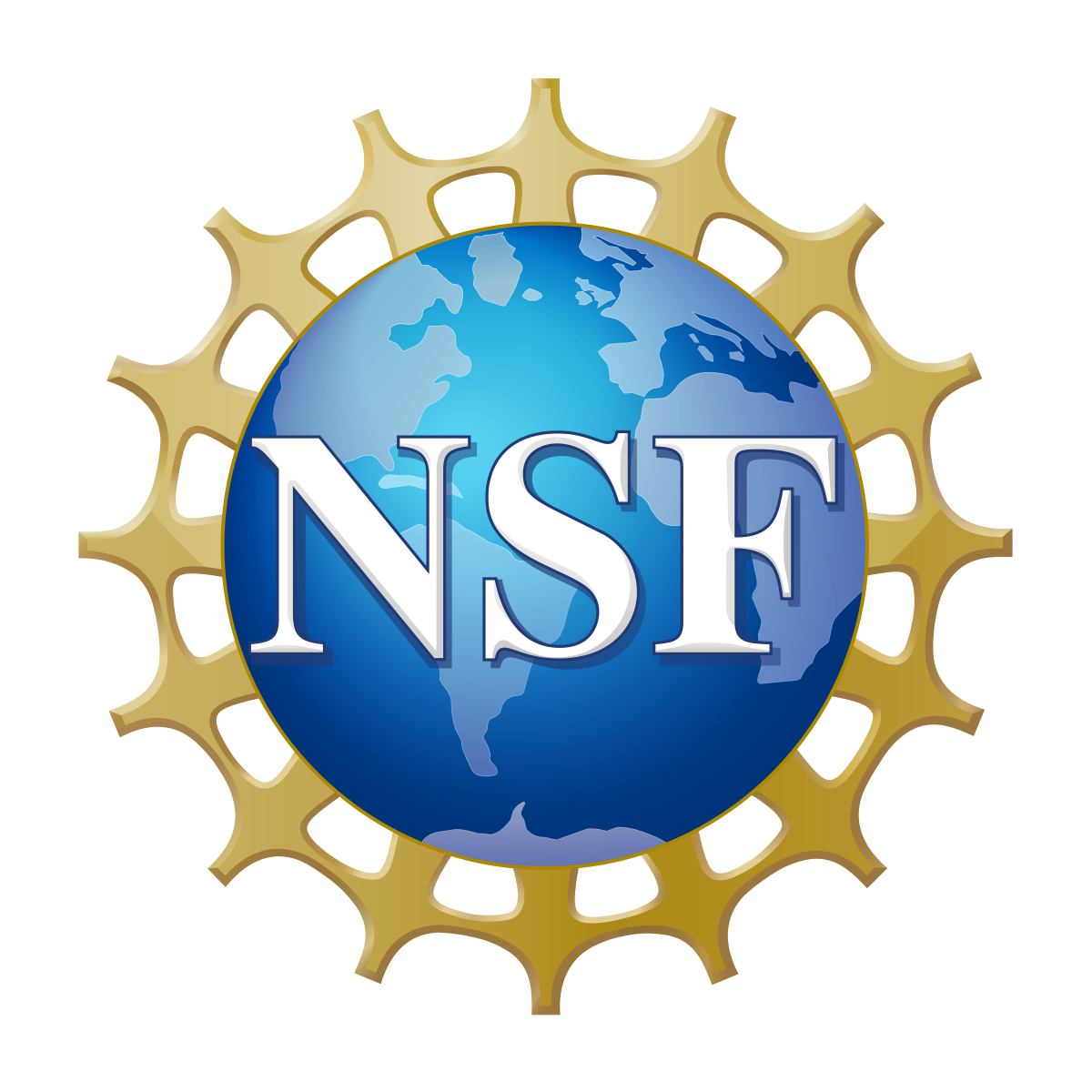This project uses DNA as logic gates to create a Chemical Reaction Network (CRN) that allows us to compute values of different mathematical functions.
Project Basis and Horner's Expansion Scholarly Article: https://www.nature.com/articles/s41598-018-26709-6
Double-NAND Expansion Scholarly Article DOI: http://dx.doi.org/10.1145/3060403.3060410
Dr. Sayed Ahmad Salehi
Assistant Professor
Department of Electrical and Computer Engineering
Director of Computing with Unconventional Technologies (CUT) Lab
University of Kentucky | http://salehi.engr.uky.edu/
Note
This project is supported by the National Science Foundation (NSF) and the University of Kentucky's College of Engineering.
When we hear about computation and information processing the first thing that comes to our minds is man-made electronic processing systems. However, computation is not a man-made phenomenon and, in fact, the most powerful information processing systems have been provided by nature. For example, complex circuits within cells
-
can have over 30,000 distinct states;
-
their computational efficiency per operation is 4 to 5 orders of magnitude more efficient than nano-scale GHz electronic processors regarding energy and size;
-
they are massively parallel such that more than 10,000,000 biochemical reactions fire in a human cell each second.
Our research is about the exploration of computational power in bio-molecular systems. Since the chemical reaction network (CRN) theory is the fundamental model in the study of molecular reactions, we try to understand and discover the information processing abilities of CRNs and accordingly design new molecular systems for particular applications. One part of this research is the design of digital signal processing algorithms by CRNs. Another part is the computation of mathematical functions by CRNs using a new encoding of information so called fractional representation. In order to address practical issues for biological implementation of these designs, we map the CRNs to DNA reactions using DNA strand-displacement mechanism. Applications for our research are drug delivery and monitoring, smart and personalized drugs.
Further, we work on encoding and storing information by DNA molecules as they have the potential to be used as future memories with longer retention, higher density and lower power consumption compared to semiconductor memories. Also we are interested in the interface of biological circuits (e.g., DNA and RNA molecules) with semiconductor circuits and sensors.
In this GitHub Repository, there are several python files that are able to be executed to assist in generating Chemical Reaction Networks for a given function. Though functions are limited at the program's current state, it is a very useful tool for cross-checking any calculations.
Wiki
Installation
Use and Important Notes
Contributing to the Project
Program Documentation
If you would like to contribute to this project, please reach out to Dr. Salehi with information provided in the link to his website above. Feel free to contribute by creating pull requests describing your changes and why and the GitHub Repo Admin will handle all requests!
Thank you and good luck!

